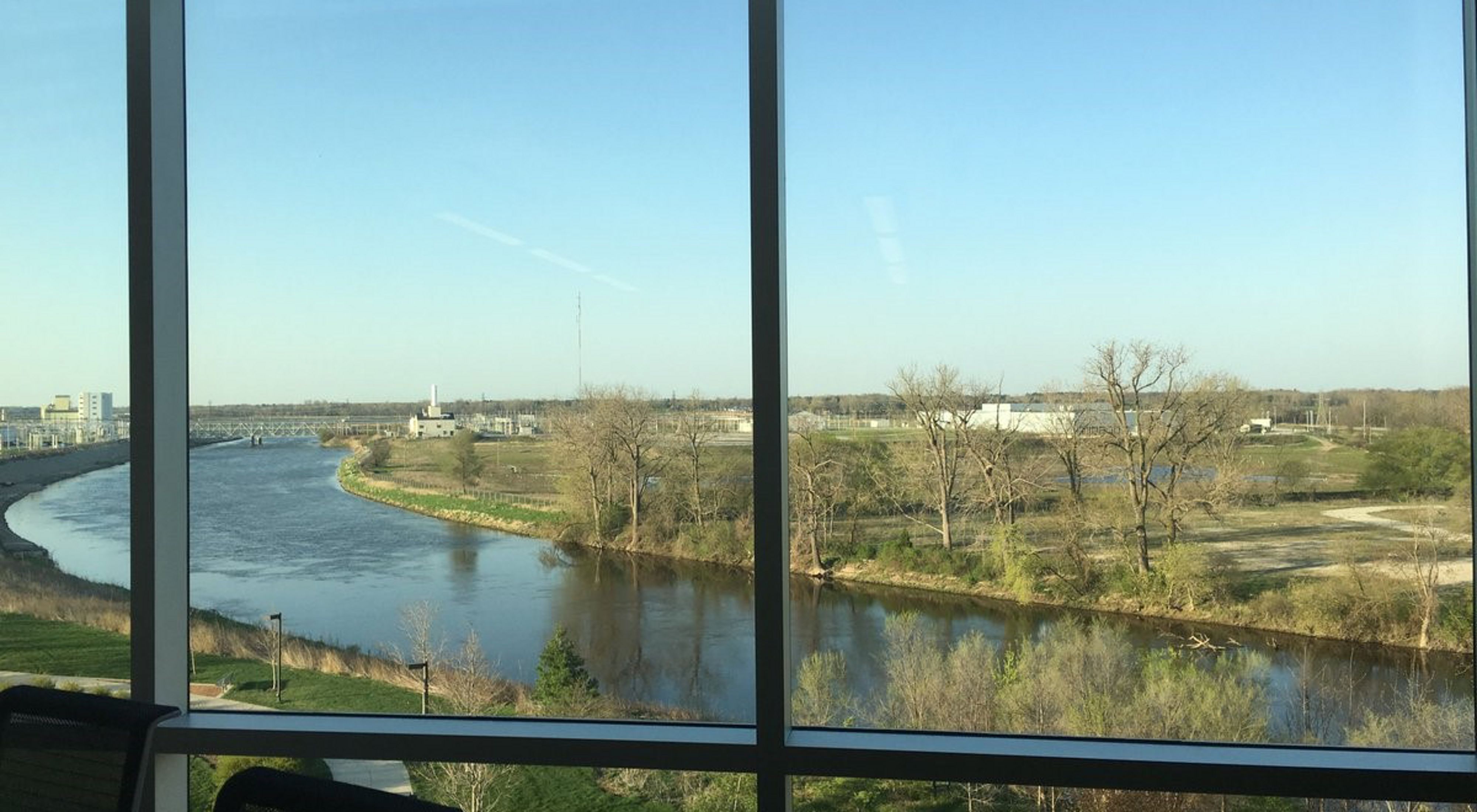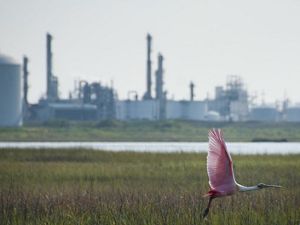Science: The Common Language between Business and Conservation
By Martha Rogers, Natural Capital Economist | May 13, 2019
Companies are increasingly making commitments to integrate sustainability into their operations. And to make good on these commitments, they are looking for ways to bring conservation science into how they make business decisions.
An important first step is finding common ground between business professionals and conservation scientists. The myth persists that there is always a trade-off between saving money and saving ecosystems. But companies can be an engine for progress – both financial and environmental. And for the conservation movement to succeed over the long-term, private sector participation is critical.
Collaboration between business professionals and conservation scientists makes sense. Look at climate change, for example: many companies are taking action to reduce emissions, adapt their operations, mitigate risk, and respond to customer concerns. They depend on science to guide their actions.
But collaboration between business professionals and conservation scientists isn’t simple. Even with a shared scientific vision, it can be difficult to find a common language. Both conservation scientists and business professionals need to be willing to have open dialogue and take risks. The Nature Conservancy’s (TNC) collaboration with Dow shows how having these tough conversations can pay off.
Quote
Both conservation scientists and business professionals need to be willing to have open dialogue and take risks.
For the last eight years, we’ve been working with Dow to embed conservation science into their decision-making process. Working together has not always been easy—it has required adapting our scientific approaches to make sure we’re focusing our efforts most effectively.
Fortunately, we’ve been able to see results and quantify success. Across the Tittabawassee River from Midland, Michigan, a 23-acre plot of land looks like a natural wetland teeming with more than 25,000 plants, including 60 species of trees, shrubs, grasses, and other native vegetation. But this land didn’t always look this way – it used to be an ash pond serving a coal-fired power plant. Traditionally, an ash pond would be closed by capping the site with concrete. Instead, a restored wetland was created for a fraction of the cost and generated added benefits for the local community.
Visitors in Midland can now spot wildlife throughout the wetland. The plants here help to filter water, and the wetland also acts as a ‘sponge’ during storm events, reducing flood risks for nearby commercial and residential buildings.
And the wetland restoration made sense financially. What you probably wouldn’t know from looking at this site is that constructing the wetland saved nearly $2 million compared to conventional methods, largely from avoided maintenance costs.
This example is one of many projects Dow has completed with the addition of conservation science in their business decisions.
Now, we’re working on mainstreaming these approaches so that other companies can follow suit. Based on what we’ve learned, Dow engineers and TNC scientists have developed a decision framework that includes a suite of science-based tools for other companies to adopt. We have highlighted our results through written reports, industry fora, and in undergraduate economics classrooms so that other companies, the next generation of corporate leaders, and conservation scientists can learn from our experiences.
That’s not to say these collaborations are easy. In the case of our collaboration with Dow, the company culture had to shift before the value of nature could become an integral part of their operations. Embedding conservation science into design and operations means more than adopting new practices, methods, and measurements. It requires a new mindset for approaching and solving problems. To overcome this hurdle, proponents and advocates for conservation science in business need to work together to build the case for integrating nature and strive for buy-in at all levels. Science can and must help push this process forward.
Applied science and collaborations between private businesses and conservation scientists are key to untangling today’s growing list of conservation challenges. Companies and conservation scientists should not be viewed as competing parties, but as complementary pieces in a complex, global puzzle.



